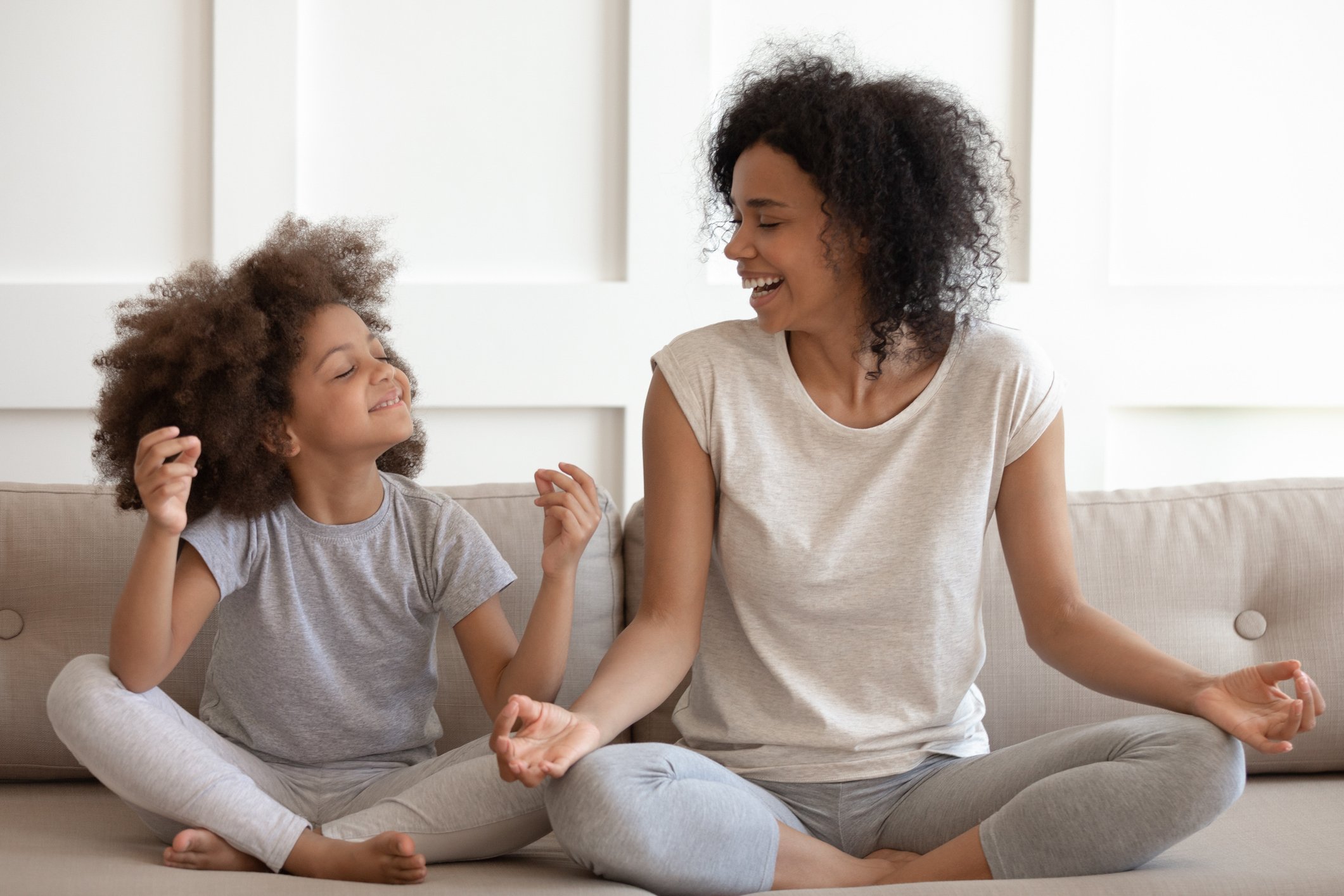The Push for Gen Zen
Mindfulness. It’s a word that has become mainstream in recent decades and a practice that has landed a prominent place in the larger conversation regarding kids’ wellness and mental health.
Mindfulness is the practice of placing emphasis on the present moment and applying a gentle and accepting attitude towards it, whatever it may be. The skill does not come naturally in our hurried society and is one that must be taught and intentionally incorporated into daily routines.
The idea of practicing mindfulness has been around for thousands of years, mostly as a part of a religious practice or experience. In the late 70s, its medical benefits were realized, and it became a popular secular method of reducing stress in patients. In recent decades, public interest has soared, research has been conducted to validate the practice, and teaching mindfulness has become common in the workplace and schools.
Most recently, in an effort to cope with the stresses of the pandemic, people of all ages have sought out different forms of mindfulness, and a holistic focus on wellness has trickled down to kids who are currently experiencing more stress and anxiety than ever before.
Research suggests that kids reap many benefits from practicing mindfulness, including decreased stress and anxiety, increased happiness, and improved focus and academic performance. A 2019 study conducted by TranformEd in collaboration with the Center for Education Policy Research at Harvard University found students reported feeling less stressed and more in control after being taught mindfulness techniques and practices over the course of eight weeks. In turn, many schools are incorporating mindfulness training into curriculum at all grade levels.
Products supporting mindfulness, mental health and overall wellness for kids are everywhere and are expected to increase in popularity in the next several years. According to a study by Infinity Business Insights released in April 2022, products and toys designed to decrease stress in kids are expected to experience significant growth between 2022 to 2028.
Mindfulness products and toys for kids are designed with a clear purpose: to help kids develop and nurture the skill of being present, create opportunities to verbalize and process feelings, and serve as tools to help kids focus and decrease stress.
Although puzzles and building toys have inadvertently served a similar function in the past, there is a push now to create products with this purpose solely in mind. These products can take different forms, such as dolls/plushies, games, tactile sensory objects, journals and more.
In 2020, Mattel partnered with popular wellness app Headspace to come out with the Barbie Wellness Collection, a series of dolls designed to “raise awareness around nurturing overall emotional well-being through mindfulness exercises.” The collection includes Breathe with Me Barbie, a doll that guides girls through meditation exercises with the push of a button. There are also a variety of plushies on the market such as Omi the Elephant that function in a similar fashion.
In recent years, fidget toys have been all the rage with kids. One example is Pop Its!—a small piece of silicone that resembles bubble wrap. Kids say “popping” the bubbles helps them focus and manage stress and anxiety. Other popular tactile, sensory toys include stress balls, glitter jars and handheld mazes.
There are also many apps dedicated to promoting mindfulness. Some leading apps like Headspace and Calm have specific kid content, while apps like Moshi and Breathe, Think, Do with Sesame (Sesame Street) have been designed specifically for kids. These apps offer guided meditations, breathing exercises, and storytelling to help kids practice being present and calm, reduce stress and anxiety and get to sleep easily.
Music streaming apps, such as Spotify and Amazon Music also offer mindfulness playlists for kids; and in February of 2021, LEGO released White Noise, “a new playlist designed to help listeners find a moment of relaxation in their busy lives.” Each track was created using only sounds made by LEGO bricks!
YouTube and YouTube Kids have a multitude of videos to help kids learn about and practice self-care and mindful living – from lo-fi music to mindful seeing, hearing, and breathing activities to yoga and guided meditations.
Podcasts also encourage kids and families to practice mindfulness. The Imagine Neighborhood, Mrs. Honeybee, and Be Calm on Ahway Island are just a few podcasts designed specifically for kids. They use storytelling as an avenue for teaching kids about managing feelings and emotions.
As a culture, expect to see a continued emphasis placed on kids’ overall wellness and mental health and a desire for kid products, services and content that assists consumers in teaching and encouraging mindfulness. It will be exciting to see what innovative ideas emerge as brands rise to meet this growing need.

